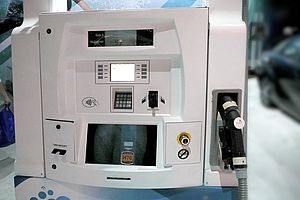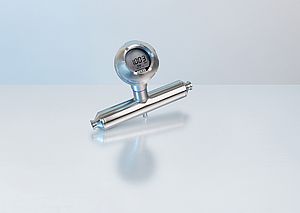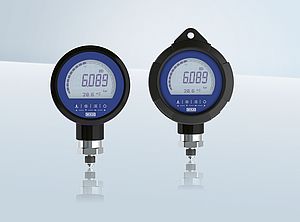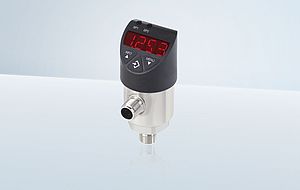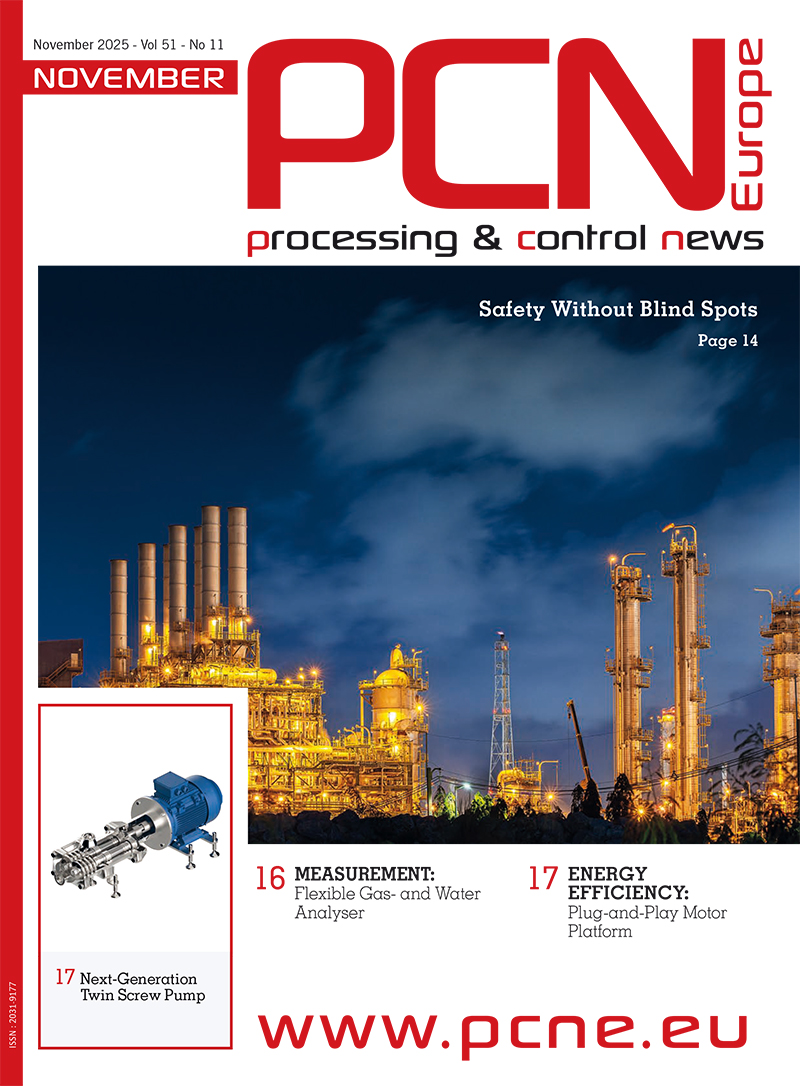Production under aseptic conditions is the most vital prerequisite of flawless product quality. The ability to clean pipelines and tanks without residue is a central task in the sequence of individual steps. That sounds easier than it is in practice. All processes are instrumented throughout with heterogeneous components, peppered with shut-off valves, pumps and measuring devices of assorted origins. Not surprisingly, this enormous diversity entails considerable effort for cleaning. Several cycles are necessary involving different substances such as citric acid and lye, with sterile saturated steam to finish off.
This final step in the cleaning process is also a critical moment. If steam at a temperature of up to 150°C comes together with water from particles previous cleaning cycles, explosive reactions are inevitable. These hydraulic shocks – also known as “water hammer” – take the form of pressure surges that make plant operators’ hair stand on end. The force unleashed by water hammer can damage the pressure measuring instruments installed in the process to the point of failure. The only option in this situation is to stop the process and replace the affected devices.
Faster detection of damages
However, since not all damage results in failure, it may not be detected immediately, in which case the impact of water hammer could well be even more severe – for example, if the product is contaminated. This is because some of the measuring points in food production are equipped with diaphragm seal systems with integral pressure or process transmitters. If their diaphragms on the process side are damaged, the transmission fluid will leak from the diaphragm seal and contaminate the product. Contamination can also occur with ceramic sensors. If damaged, these immediately go into error mode, yet detached ceramic particles get into the medium nevertheless. Here, too, product purity is no longer ensured.
In most instances, the affected batch must subsequently be destroyed. The economic consequences are devastating: since such plants generally run 24/7, a large amount of product will already have been turned over before counteraction is taken. In the past, loss on this scale could only be avoided by using a diaphragm seal system with built-in diaphragm monitoring (a patented WIKA solution). This works with a double diaphragm: if the diaphragm on the process side is damaged, the system simultaneously outputs an alarm signal. The second diaphragm then seals off the process until the problem has been fixed.
WIKA’s new development for monitoring pressure in sterile processes is aimed at further reducing the potential hazards outlined above while at the same time optimising the cleaning process. As the name suggests, the DMSU22SA in-line process transmitter with the HART®7 communication protocol and a flanged connection becomes an integral part of the pipeline. Its design enables better flow behaviour than conventionally mounted instruments.
Process optimisation with hermetically sealed sensor elements
An advanced hygienic design concept makes the measuring element many times more resistant to water hammer and other extreme process conditions. The DMSU22SA also records the pressure without transmission fluid, so that in the event of damage contamination is avoided. This is the chief difference compared to traditional in-line measuring arrangements with in-line diaphragm seals or flush mounted process transmitters. At the heart of the new device is a hermetically sealed sensor element made of 316L stainless steel. Similar to a Bourdon tube, it is elliptical and is accordingly deformed under pressure. A Wheatstone bridge attached to the sensor body allows pressure-induced changes in the electrical resistance to be accurately detected and sent to the transmitter. The DMSU22SA also has a PT sensor for active temperature compensation between 10°C and +80°C. Error compensation is up to ten times better than with conventional devices, so that more precise process control is possible.
Although the pipeline and the pipe sensor have different diameters, a drag coefficient measurement has confirmed that the new measuring instrument exhibits significantly better flow behaviour than other solutions, including those with hygienic connections. In other words, the dead space-free design means less energy is needed to maintain the process pressure or for CIP / SIP processes and reduces the consumption of water and cleaning agents.
The pipe sensor has an extra-robust wall for enhanced process reliability. Depending on the version, it is up to ten times thicker than a standard diaphragm seal (0.05 mm). Yet persistently unfavourable process conditions can cause leaks in spite of this, with the result that product gets into the space between the sensor and the support tube. This space is evacuated and has built-in vacuum monitoring, with a sensor that reacts at a pressure of just 50 mbar. The plant operator receives direct, immediate notification via the HART® protocol. If there is no bus control system, the damage can be indicated by means of a residual current.
Solutions for retrofitting and new installations
Pressure monitoring implemented using an in-line process transmitter is primarily recommended for new plants. Retrofitting an existing plant with the new system gives rise to disproportionately high costs for the operator. To minimise the risk of product contamination, manufacturers can opt for a retrofit comprised of WIKA’s DMSU21SA diaphragm seal system with built-in diaphragm monitoring. WIKA’s in-line process transmitter with a “dry” measuring cell and built-in sensor monitoring makes processes in food production more reliable. This new development with the model designation DMSU22SA prevents product contamination and enables more precise process control thanks to active temperature compensation. Its flow behaviour reduces the consumption of operating fluids. The device is primarily designed for use in new plants with digitised processes.
Author: Tobias Hench, WIKA Alexander Wiegand SE & Co. KG, Product Management Process Instrumentation Pressure













